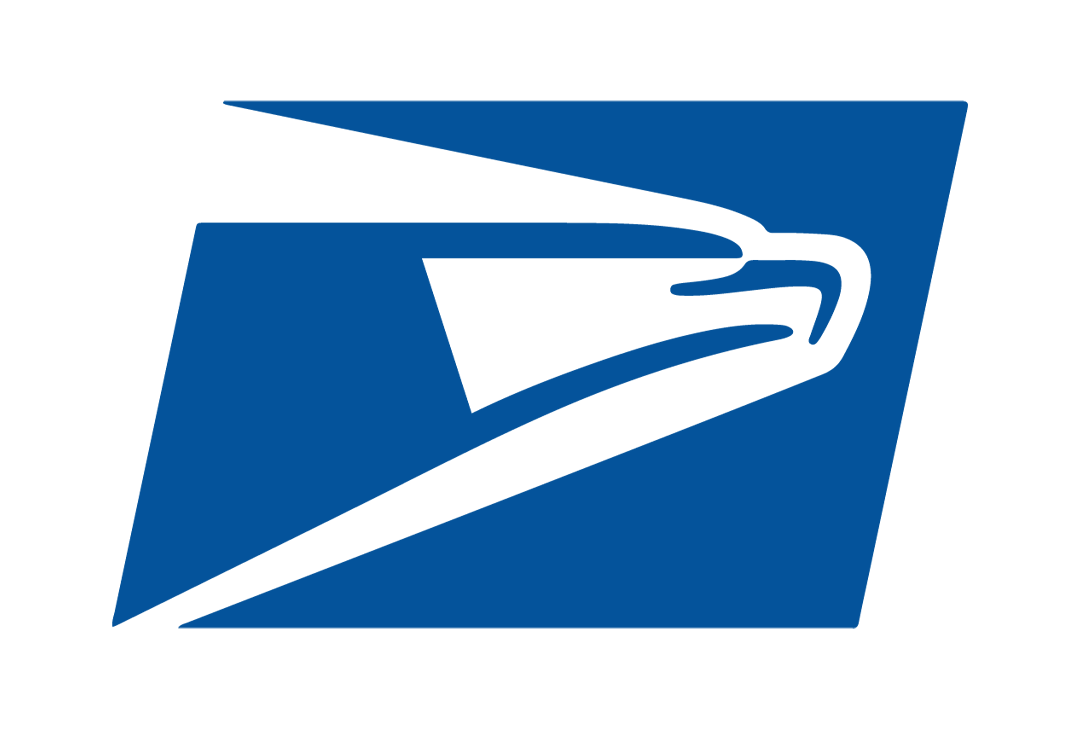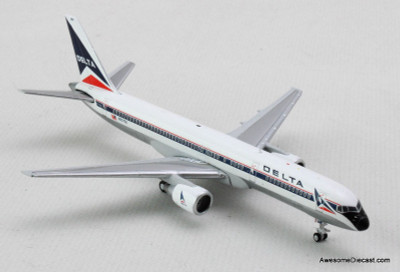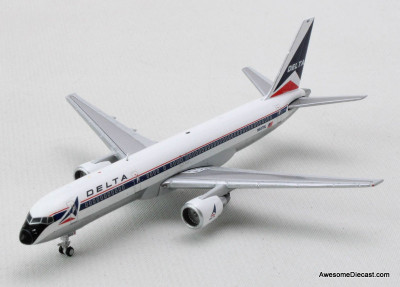Gemini Jets
Gemini Jets 1:400 Boeing 757-200: Eastern Airlines

Gemini Jets 1:400 Boeing 757-200: Eastern Airlines
$49.95
The Boeing 757 is an American narrow-body airliner that was designed and built by Boeing Commercial Airplanes. The then-named 7N7, a successor for the 727 (a trijet), received its first orders in August 1978. The prototype completed its maiden flight on February 19, 1982 and it was FAA certified on December 21, 1982. Eastern Air Lines placed the original 757-200 in commercial service on January 1, 1983. A package freighter (PF) variant entered service in September 1987 and a combi model in September 1988. The stretched 757-300 was launched in September 1996 and began service in March 1999. After 1,050 had been built for 54 customers, production ended in October 2004, while Boeing offered the largest 737 NG variants as a successor.
The twinjet is powered by 36,600–43,500 lbf (163–193 kN) Rolls-Royce RB211 or Pratt & Whitney PW2000 underwing turbofan engines for a 255,000–273,000 lb (116–124 t) MTOW. The 757 has a 2,000 sq ft (185 m²) supercritical wing for reduced aerodynamic drag and a conventional tail. It keeps the 707 cross-section and its two-crew glass cockpit has a common type rating with the concurrently designed 767 (a wide-body aircraft). It was produced in two fuselage lengths: the 155 ft (47.3 m) long 757-200 (the most popular with 913 built) typically seats 200 passengers in two classes over 3,915 nmi / 7,250 km; while the 178 ft (54.4 m) long 757-300 typically seats 243 over 3,400 nmi / 6,295 km. The 757-200F can haul a 72,210 lb / 32,755 kg payload over 2,935 nmi / 5,435 km. Passenger 757-200s have been modified for cargo use as the special freighter (SF).
Major customers for the 757 included U.S. mainline carriers, European charter airlines, and cargo companies. It was commonly used for short and mid-range domestic routes, shuttle services, and transcontinental U.S. flights. ETOPS extended flights were approved in 1986 to fly intercontinental routes. Private and government operators have customized the 757 as VIP carriers like the US C-32. In July 2017, 666 were in airline service; Delta Air Lines was the largest operator with 127 aircraft. The airliner has recorded eleven hull-loss accidents, including eight fatal crashes, as of June 2019.
In the early 1970s, following the launch of the wide-body 747, Boeing began considering further developments of its narrow-body 727 trijet. Designed for short and medium length routes, the three-engined 727 was the best-selling commercial jetliner of the 1960s and a mainstay of the U.S. domestic airline market. Studies focused on improving the 189-seat 727-200, the most successful 727 variant. Two approaches were considered: a stretched 727 (to be designated 727-300), and an all-new aircraft code-named 7N7. The former was a cheaper derivative using the 727's existing technology and tail-mounted engine configuration, while the latter was a twin-engine aircraft which made use of new materials and improvements to propulsion technology which had become available in the civil aerospace industry.
The 757 was intended to be more capable and more efficient than the preceding 727. The focus on fuel efficiency reflected airline concerns over operating costs, which had grown amid rising oil prices during the Yom Kippur War of 1973. Design targets included a 20 percent reduction in fuel consumption from new engines, plus 10 percent from aerodynamic improvements, versus preceding aircraft. Lighter materials and new wings were also expected to improve efficiency. The maximum take-off weight (MTOW) was set at 220,000 pounds (99,800 kg), which was 10,000 pounds (4,540 kg) more than the 727. The 757's higher thrust-to-weight ratio allowed it to take off from short runways and serve airports in hot and high conditions with higher ambient temperatures and thinner air, offering better takeoff performance than that offered by competing aircraft. Competitors needed longer takeoff runs for these hot and high conditions. Boeing also offered options for higher payload capability.
Eastern Air Lines, also colloquially known as Eastern, was a major American airline from 1926 to 1991. Before its dissolution, it was headquartered at Miami International Airport in an unincorporated area of Miami-Dade County, Florida
Eastern was one of the "Big Four" domestic airlines created by the Spoils Conferences of 1930, and was headed by World War I flying ace Eddie Rickenbacker in its early years. It had a near monopoly in air travel between New York and Florida from the 1930s until the 1950s and dominated this market for decades afterward.
In the late 1970s and early 1980s, during the deregulation, labor disputes and high debt loads strained the company under the leadership of former astronaut Frank Borman. Frank Lorenzo acquired Eastern in 1985 and moved many of its assets to his other airlines, including Continental Airlines and Texas Air. After continued labor disputes and a crippling strike in 1989, Eastern ran out of money and was liquidated in 1991.
American Airlines obtained many of Eastern's routes from Miami to Latin America and the Caribbean, while Delta Air Lines, Eastern's main competitor at Hartsfield Airport in Atlanta, acquired many of Eastern's Lockheed L-1011 aircraft. USAir acquired 11 of Eastern's 25 Boeing 757-225 aircraft.
Eastern pioneered hourly air shuttle service between New York City, Washington, DC and Boston in 1961 as the Eastern Air Lines Shuttle. It took over the South American route network of Braniff International upon its shutdown in 1982[5] and also served London Gatwick in 1985 via a DC-10 "Golden Wings" service. Although Eastern announced on their March 2, 1986 timetable that it would serve Madrid, Spain effective May 1, 1986, the service did not commence. The only scheduled trans-Atlantic service Eastern provided was Miami to London Gatwick, commencing on July 15, 1985 and was discontinued in 1986 and replaced with codeshare flights from Atlanta via British Caledonian Airways.














